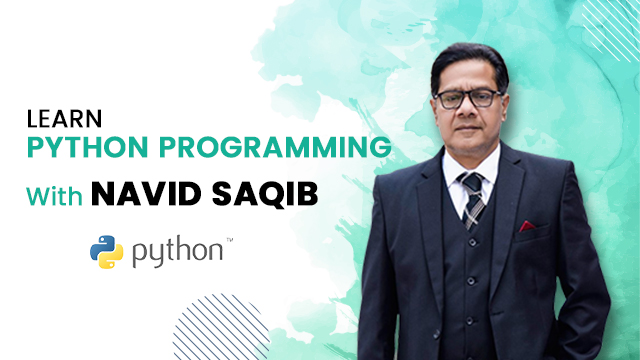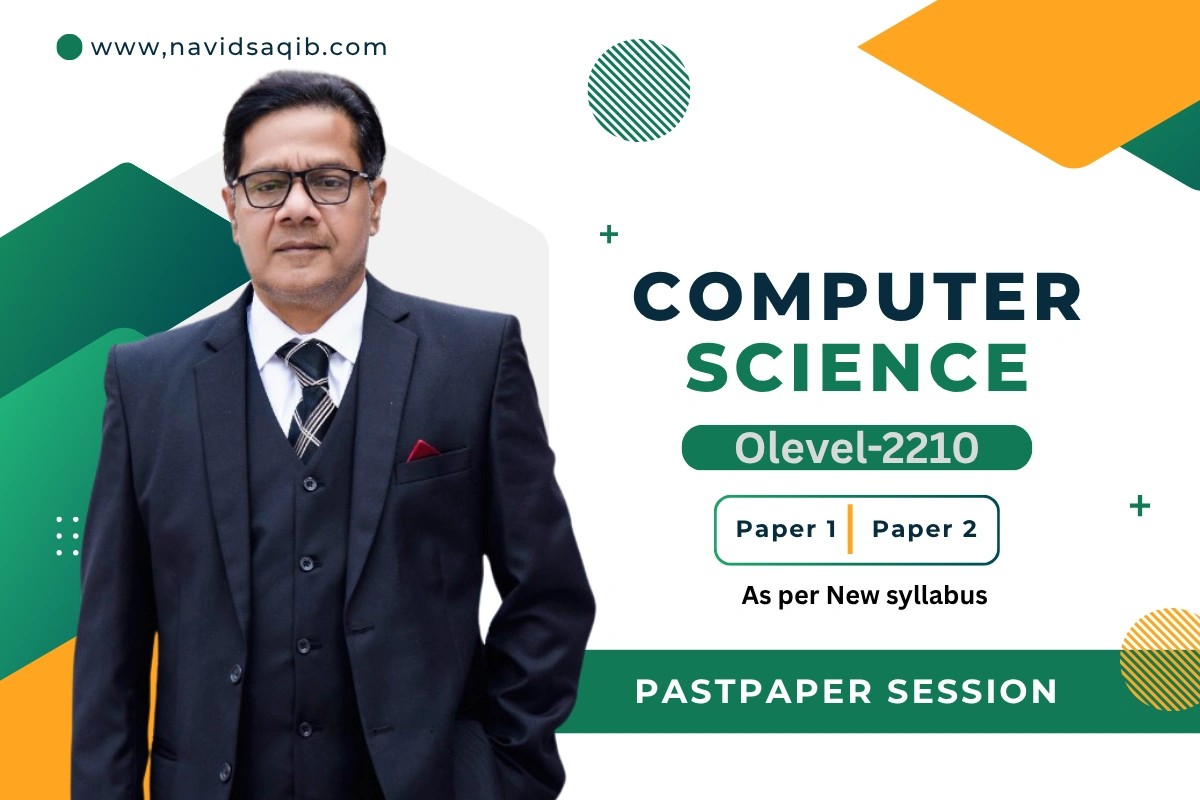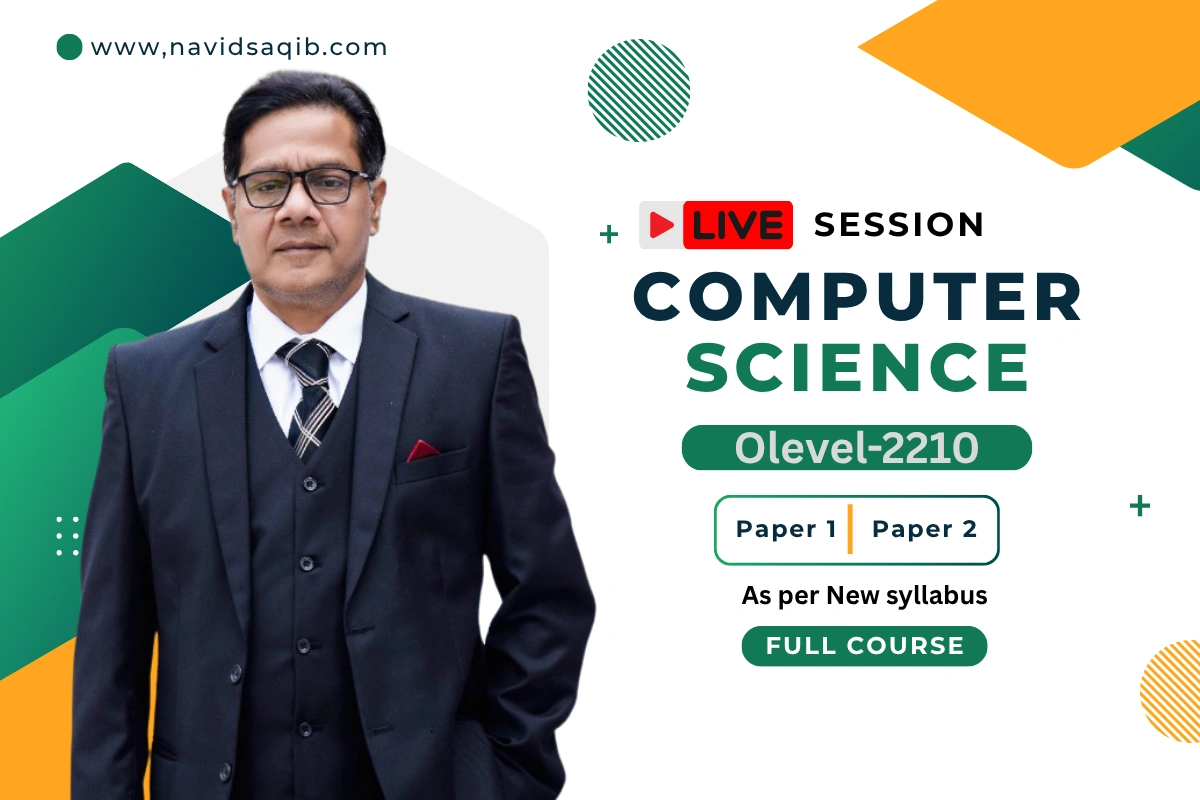Cambridge O-Level Computer Science 2210
The syllabus is divided into two papers:
Paper 1 – Theory (Typically 2 hours)
Paper 1 tests the student’s understanding of fundamental concepts of computer science. It includes multiple-choice, structured, and short-answer questions.
1. Data Representation
2. Communication and Internet Technologies
3. Hardware and Software
4. Security
5. Algorithms and Programming
6. Databases
7. Problem Solving
Paper 2 – Practical (Typically 2 hours)
Paper 2 tests the ability to apply practical skills in programming and problem-solving. Students are given tasks to implement, usually in a high-level language like Python, Java, or pseudocode.
1. Programming
2. Algorithm Implementation
3. Problem Solving in Practice
4. Data Representation and Manipulation
Key Notes
-
Paper 1 focuses on knowledge, understanding, and explanation.
-
Paper 2 focuses on practical skills and application of programming.
-
Both papers complement each other; theory knowledge supports practical work.
What Will You Learn?
- This full O-Level Computer Science 2210 course provides complete coverage of both Paper 1 (theory) and Paper 2 (practical). You will learn core topics including data representation, computer architecture, logic gates, and networking. The course also covers problem-solving, algorithms, and programming in Python, focusing on structured programming, file handling, and testing. Practical skills are developed through hands-on coding exercises and exam-style questions. By the end, you will gain a solid understanding of theory and practical programming, fully preparing you for success in the 2210 examination.
Material Includes
- Multiple Interactive Exercises
- Practice Material
- Bonus Material
- Video Lectures
Requirements
- It is recommended that you note down all lectures in your notebook for better reference. You may practice programming exercises using tools such as Python IDLE or VB.NET. Consistently writing and practicing will strengthen your understanding, improve problem-solving skills, and help you prepare effectively for your examinations.
Audience
- O-Level 1
- O-Level 2
- Repeating students
Course Content
Instructions
-
What does the examiner want from you?
03:21
Paper 2 – Problem Solving Approach -Practical
-
02:09
-
01:09
-
Program Development Life Cycle (PDLC)
02:51 -
Computer systes, sub-systems and decomposition
03:54 -
Decomposing a problem
02:53 -
Methods used to design and construct a solution to a problem
02:40 -
Explaining The purpose of an Algorithm
02:34 -
Real Life Programming
02:23 -
How To Write perfect pseudocode
03:40 -
A Talk between Customer and ShopKeeper
02:30 -
Fetching Requirements Out of the Talk
04:16 -
Practice Session 1
00:21 -
Stage 1 : Setting & Declaration
02:32 -
Practice Session : Variables and Constants
00:28 -
Different Types of DATATYPES
02:19 -
Practice Session : DataTypes
00:21 -
Stage 2 : INPUT
03:04 -
Stage 3 : Process
02:14 -
Process : Arithmetic Opreators
00:00 -
Process: Relational Operators
01:33 -
Process: Logical Operators
00:00 -
Practice Session : Logical Operators
00:21 -
Concept of Totaling
03:20 -
Sample Question 1
03:40 -
Sample Question 2
-
Dealing With Constructs
03:31 -
Sequence Construct : Reading
-
Sequence Construct : Further Reading
-
Selection Construct
-
Selection: IF…THEN…ENDIF(OneWay)
02:02 -
Sample question : IF THEN ENDIF (ONE WAY)
-
Selection : Question Set-1 : IF THEN ENDIF
00:21 -
Selection: Pseudocode Example
02:22 -
Selection: Question Set 2 : Practice Session
00:21 -
Selection: IF….THEN…..ELSE….ENDIF(TwoWay) Nesting
02:10 -
Selection: Question Set -2 : IF THEN ENDIF
00:21 -
Selection: IF….THEN….ELSEIF….ENDIF(MultipleWays)
03:27 -
Selection: Practice Session 1 (multiple ways)
-
Practice sessiion: More Questions
-
CASEOF……OTHERWISE……ENDCASE
04:19 -
Iteration Construct: Real Life Loops
03:54 -
For Loop (Pre counted-Turns)
04:41 -
For loop Using step command (pseudocode)
02:55 -
Sample Question : for loop in Pseudocode
02:59 -
While Loop (Pre counted Loop-Turns)
02:30 -
Repeat….until (post controlled Loop)
02:23 -
Sample Question: Repeat Until
04:04 -
Question SET 1 – For Loop
00:21 -
Question SET 2 – For loop
00:21 -
Set3-while loop Questions
00:21 -
Concept of Validation
05:28 -
RANGE CHECK – done
04:23 -
LENGTH CHECK
06:07 -
FORMAT CHECK
05:22 -
PRESENCE CHECK
04:25 -
CHECK DIGIT
-
Question Set1- Validation
00:21 -
Question Set2-Validation
00:21 -
Flowchart Symbols
-
Making First Flowchart
-
Flow chart: Selection
-
Flowchart: Loops
-
Practice Question : Flow Chart
-
Concept of 1D Array: Arrays in Real Life
02:55 -
Writing Pseudocode For 1D Array
03:34 -
Array Question
-
Practice Session 1
-
Practice Session 2
-
More Questions
-
What is Linear search in 1D Array ? – The Concept
00:00 -
Sample Question of linear search
-
Answer of Question
-
More Questions
-
Practice Questions:Linear Search
-
Bubble Sort : The concept
-
Sample Question: bubble sort
-
Question Set 1 : bubble sort
-
2D Array : The Concept
00:00 -
Question Set 1 : 2D Array
-
Combination of 1D array & 2D Array
-
Knowing Procedures: The Concept
00:00 -
Knowing Procedures: Reading
-
Procedure : More Example – DONE
-
Knowing Functions
-
Functions : Examples
-
Question set 1: Procedure
-
Question Set 2 : Function
-
Type of Errors
-
Corrections to Errors
-
Example Question
-
More Questions
-
File handling : The concept
-
Filehandling : WRITE
-
Filehandling : READ
-
Filehandling : APPEND
-
Filehandling : Using Array
-
Logic Gates: Type of Logic Gates
-
Logic Gates: NOT GATE
-
Logic Gates: OR GATE, NOR GATE
-
Logic Gates: AND GATE, NAND GATE
-
Logic Gates: XOR GATE
-
Logic Gates: Combing all together
-
Logic Gates: Writing Simple Equation
-
Logic Gates: Writing Boolean Equation
Databases
Past Paper-2 May/June 2025
Paper 1 – Theory
-
03:24
-
02:51
-
06:31
-
Chp 1: Data storage and file compression
-
Chp 2: Types and methods of data Transmission
04:25 -
Chp 2: Methods of error detection
-
Chp 2: Symmetric and asymmetric encryption
06:49 -
Chp 3: Computer architecture
-
Chp 3: Input and Output devices
-
Chp 3: Data Storage
02:53 -
Chp 3: Network hardware
04:00 -
Chp 4: Types of software and interrupts
-
Chp 4: Types of programming language, translators and integrated development environments(IDEs)
-
Chp 5: The internet and the World Wide Web (WWW)
-
Chp 5: Digital currency
-
Chp 5: Cyber security
-
Chp 6: Automated systems
-
Chp 6: Robotics
-
Chp 6: Artificial intelligence (AI)
-
Practice Session 1
00:42
Past Paper-1 May/June 2025
Download Files
-
Download
Tags
A course by

Navid Saqib
Computer Science Teacher
Student Ratings & Reviews

No Review Yet











